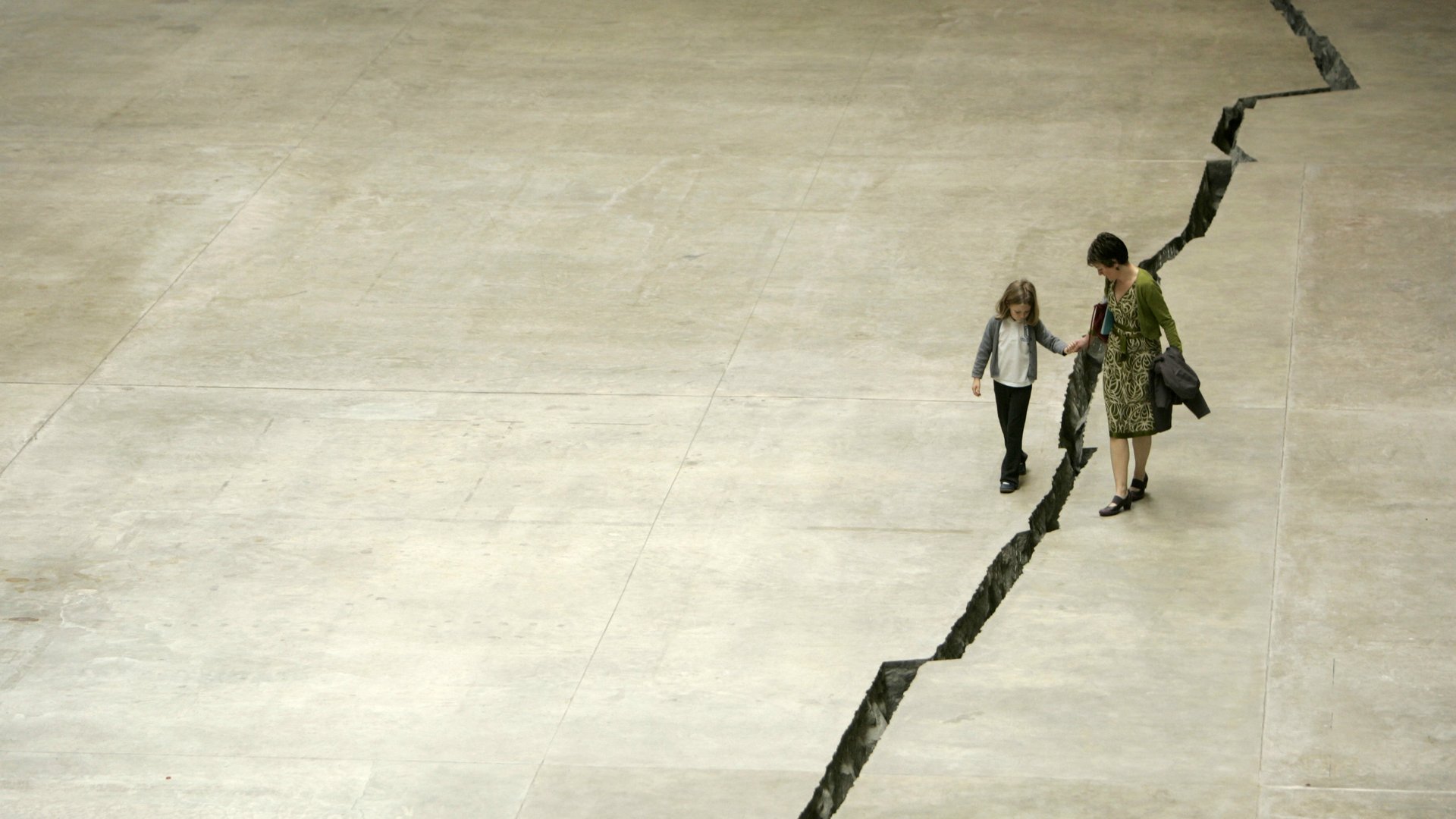Incomes of the very poorest American households are falling
If a society is judged by how it treats its poorest, the United States is not doing very well. Although the share of people in poverty has remained steady, new research finds that the very poorest Americans are doing worse than they were 30 years ago.


If a society is judged by how it treats its poorest, the United States is not doing very well. Although the share of people in poverty has remained steady, new research finds that the very poorest Americans are doing worse than they were 30 years ago.
The research, by economists at the World Bank and Georgetown University, examines trends in what they call the economic “floor.” This is the level of income that the poorest households in society subsist on, generally with heavy reliance on government welfare programs and a small amount of other income. Imagine, for example, a single mother unable to work full-time with limited skills and no family support.
According to the economists’ analysis, the income of these poorest of households fell from 42% of the poverty line in 1989 to only 29% in 2016. In 2016, the floor was equivalent to about $11,800 a year, or $9.40 a day. (Since the analysis uses survey data that excludes the homeless, so the actual floor may be even lower.) Consumption is a better measure of poverty (pdf) than income, but data on that are not as readily available.
Martin Ravallion, one of the authors of the paper, is among the world’s most influential poverty researchers. He is largely responsible for popularizing the $1-a-day poverty line, which he proposed in 1990, as a common measure of international poverty that is widely used today. Ravallion says that he has since become concerned about what “counting approach” to poverty reduction. “We look at the numbers of people who are poor, but we don’t address whether we are reaching the poorest,” he notes.
To address this issue, Ravallion and his colleagues invented a new way to use survey data to estimate the floor. Survey data is imperfect, since people sometimes report incomes that are higher or lower than their actual income. Ravallion’s method deals with this by taking the average income of poor households, and weighting the very poorest household most heavily. Via this method, Ravallion says you reach a sensible number. In poor countries, this often equals the minimum amount needed simply to survive; in richer countries, the floor is higher than subsistence.
Ravallion says he was surprised to find that the US floor is falling. Other countries analyzed, like Australia, have not experienced the same drop. His research suggests the poorest Americans are getting even poorer for two main reasons.
First, the US social welfare system is much worse at directing resources to the very poorest than it used to be. For example, Ravallion and his colleagues find that the Supplemental Nutrition Assistance Program, the US’s largest social protection scheme, also known as food stamps, is less effective at reaching households at the floor than it was in the early 1990s. They attribute this to stricter eligibility standards, such as more stringent work requirements, which made it harder for some of the poorest people to receive benefits.
Second, the inequitable nature of US growth over the past several decades has hit the poorest hard. Most of the gains for Americans have flowed to high-skilled workers, while many low-skilled workers have seen relatively stagnant wages due to automation and globalization. As a result, costs have increased but wages for the poorest workers haven’t kept up.
“We hope that a rising tide will lift all boats,” says Ravallion. “It is alarming when the rising tide actually leads to some boats falling, and those boats include the very poorest.”